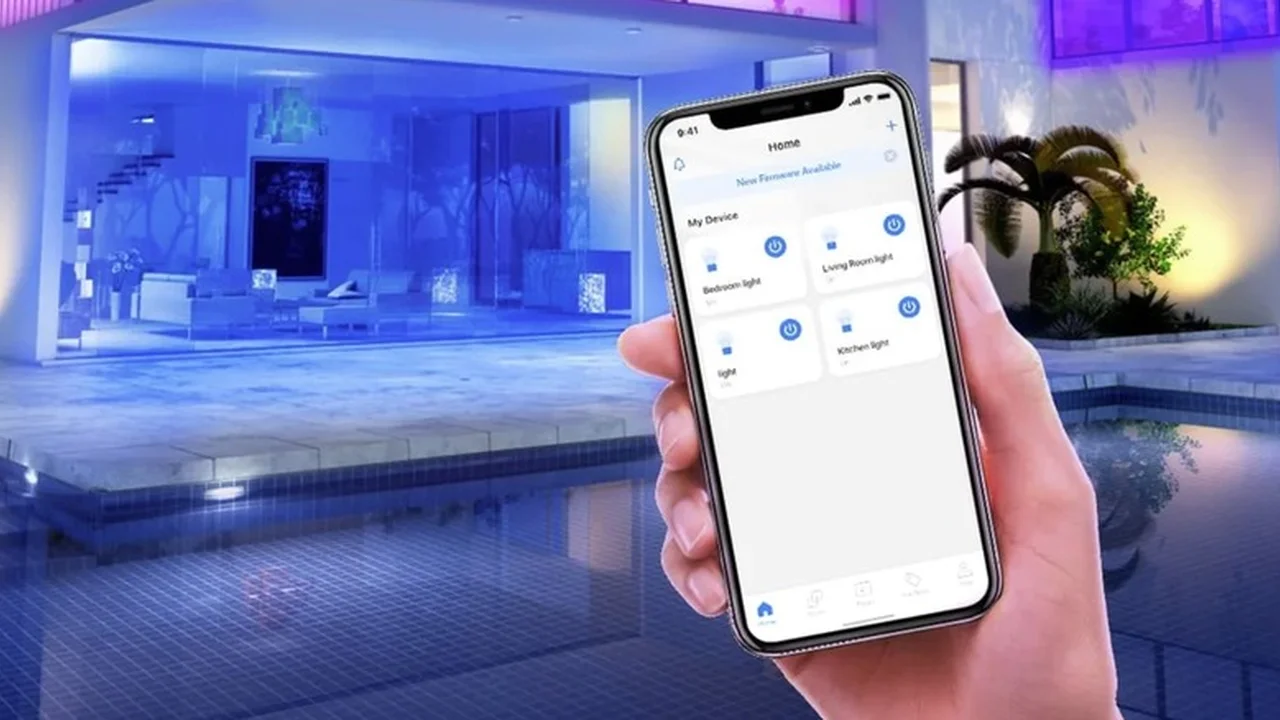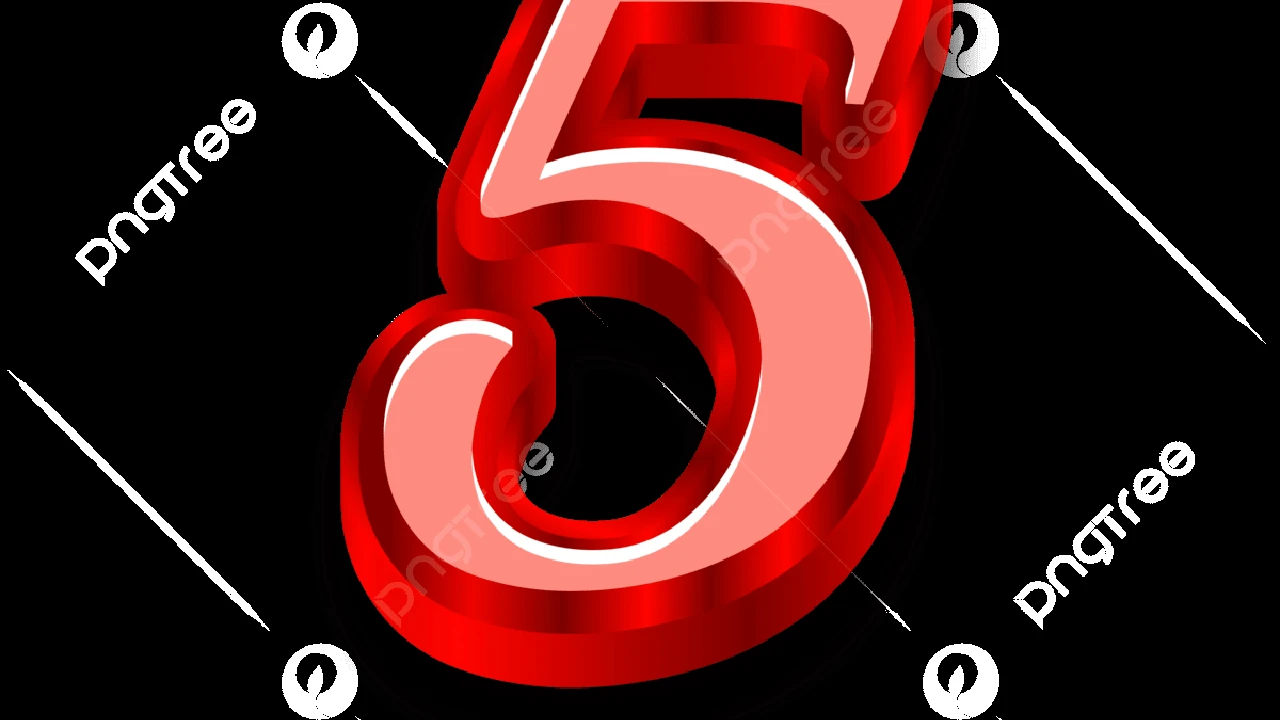
3 Best Smart Lighting Systems Reviewed
Welcome to the world of smart lighting, where convenience meets innovation! Gone are the days of simple on-off switches. Today's smart lighting systems offer unparalleled control, energy efficiency, and the ability to transform the ambiance of any space with just a tap on your smartphone or a voice command. Whether you're looking to set the perfect mood for a movie night, enhance your home's security, or simply save on your electricity bill, smart lighting is a game-changer. But with so many options available, how do you choose the right system for your home? This comprehensive review dives deep into the three best smart lighting systems on the market, comparing their features, ease of use, product recommendations, and pricing to help you make an informed decision.
Understanding Smart Lighting Systems Key Features and Benefits
Before we jump into the top contenders, let's clarify what makes a smart lighting system truly 'smart' and why you should consider upgrading. At its core, smart lighting allows you to control your lights remotely, often through a mobile app, voice assistant, or smart home hub. Beyond basic on/off functionality, these systems offer a plethora of advanced features:
- Dimming and Brightness Control: Adjust the intensity of your lights to suit any activity or mood.
- Color Changing Capabilities: Many smart bulbs can produce millions of colors, allowing for dynamic lighting scenes.
- Scheduling and Timers: Automate your lights to turn on or off at specific times, enhancing convenience and security.
- Voice Control Integration: Seamlessly control your lights using voice commands with popular assistants like Amazon Alexa, Google Assistant, or Apple HomeKit.
- Geofencing: Lights can automatically turn on when you arrive home and off when you leave.
- Scene Creation: Group multiple lights and set their brightness and color to create custom lighting 'scenes' for different occasions (e.g., 'Movie Night,' 'Reading,' 'Party').
- Energy Monitoring: Some systems provide insights into your energy consumption, helping you identify areas for savings.
- Security Features: 'Away mode' can simulate occupancy by randomly turning lights on and off, deterring potential intruders.
- Integration with Other Smart Home Devices: Connect your lights with smart sensors, cameras, or thermostats for a truly integrated smart home experience.
The benefits extend beyond just convenience. Smart lighting can significantly reduce energy consumption, prolong the lifespan of your bulbs, and even improve your well-being by mimicking natural light cycles. Now, let's explore the top three systems that excel in delivering these advantages.
Philips Hue The Gold Standard of Smart Lighting
When it comes to smart lighting, Philips Hue is often the first name that comes to mind, and for good reason. It's widely considered the most comprehensive and user-friendly smart lighting system available, offering an extensive range of bulbs, lamps, and accessories. Hue operates on the Zigbee protocol, requiring a central 'Bridge' to connect and control your lights, though newer Bluetooth-enabled bulbs can be controlled directly via an app for smaller setups.
Key Features and Use Cases for Philips Hue
- Vast Product Ecosystem: From standard A19 bulbs to light strips, outdoor lights, and even entertainment-focused gradient light tubes, Hue has a light for every need.
- Exceptional Color Accuracy and Brightness: Hue's 'White and Color Ambiance' bulbs are renowned for their vibrant colors and excellent brightness, making them perfect for creating dynamic scenes.
- Robust App Control: The Philips Hue app is intuitive and feature-rich, allowing for easy setup, scene creation, scheduling, and advanced automations.
- Seamless Smart Home Integration: Hue plays well with almost every major smart home platform, including Apple HomeKit, Amazon Alexa, Google Assistant, Samsung SmartThings, and IFTTT.
- Entertainment Sync: Unique to Hue, the 'Sync Box' allows your lights to react to content on your TV, creating an immersive entertainment experience.
Recommended Philips Hue Products and Pricing
- Philips Hue White and Color Ambiance A19 Starter Kit: This is an excellent starting point, typically including 3-4 color bulbs and a Hue Bridge.
- Use Case: Ideal for living rooms, bedrooms, or any area where you want full control over color and brightness. The Bridge allows for future expansion and advanced automations.
- Estimated Price: $150 - $200 USD (for a kit with 3-4 bulbs and Bridge)
- Philips Hue Play Gradient Lightstrip: Designed to be mounted behind your TV, this lightstrip creates a gradient of colors that match the content on your screen (requires Hue Sync Box).
- Use Case: Perfect for home theater enthusiasts looking for an immersive viewing experience.
- Estimated Price: $200 - $250 USD (for the lightstrip, Sync Box sold separately for around $230)
- Philips Hue Outdoor Lightstrip: A durable, weather-resistant lightstrip for illuminating pathways, decks, or garden features.
- Use Case: Enhancing outdoor ambiance, security lighting, or festive decorations.
- Estimated Price: $100 - $150 USD (for 7ft/2m strip)
Pros and Cons of Philips Hue
- Pros: Widest range of products, excellent color quality, reliable performance, extensive smart home compatibility, intuitive app, entertainment sync.
- Cons: Higher initial cost, requires a Bridge for full functionality (unless using Bluetooth-only bulbs for small setups), some advanced features like entertainment sync require additional hardware.
LIFX Bright, Vibrant, and Hub-Free
LIFX stands out as a strong contender, particularly for those who prefer a hub-free smart lighting experience. LIFX bulbs connect directly to your Wi-Fi network, eliminating the need for a separate bridge. They are celebrated for their exceptional brightness and vivid color reproduction, often surpassing competitors in sheer luminosity.
Key Features and Use Cases for LIFX
- No Hub Required: Direct Wi-Fi connection simplifies setup and reduces clutter.
- Industry-Leading Brightness: LIFX bulbs are consistently among the brightest smart bulbs available, making them suitable for larger rooms or areas requiring significant illumination.
- Rich and Accurate Colors: Known for their deep blues and vibrant greens, LIFX bulbs offer a fantastic spectrum of colors.
- Polished App Experience: The LIFX app is well-designed, offering granular control over colors, effects, and schedules.
- Advanced Effects: LIFX offers unique lighting effects like 'Candle Flicker,' 'Strobe,' and 'Music Visualizer' that react to sound.
- Good Smart Home Integration: Compatible with Amazon Alexa, Google Assistant, Apple HomeKit, IFTTT, and Samsung SmartThings.
Recommended LIFX Products and Pricing
- LIFX A19 Color Bulb: A standard-sized bulb offering full color and white light control, connecting directly to Wi-Fi.
- Use Case: General room lighting, mood lighting, or anywhere you need a bright, colorful smart bulb without a hub.
- Estimated Price: $35 - $50 USD per bulb
- LIFX Lightstrip: A flexible LED strip for accent lighting, available in various lengths.
- Use Case: Backlighting TVs, under cabinet lighting, or adding ambient light to shelves and furniture.
- Estimated Price: $70 - $100 USD (for 6.6ft/2m strip)
- LIFX Beam: Modular light bars that snap together to create unique designs on your wall, offering multi-zone color control.
- Use Case: Decorative lighting, creating artistic wall installations, or adding a modern touch to gaming setups.
- Estimated Price: $120 - $150 USD per kit
Pros and Cons of LIFX
- Pros: No hub required, exceptionally bright and vibrant colors, unique lighting effects, good app, solid smart home integration.
- Cons: Can be more expensive per bulb than some competitors, direct Wi-Fi connection can sometimes lead to network congestion if you have many bulbs, slightly slower response times compared to Zigbee-based systems.
Govee Affordable and Feature-Rich for Dynamic Lighting
Govee has rapidly gained popularity by offering a wide array of smart lighting products that are both feature-rich and budget-friendly. While they might not have the same brand recognition as Philips Hue, Govee excels in providing dynamic, customizable lighting experiences, particularly with their extensive range of LED light strips and unique form factors.
Key Features and Use Cases for Govee
- Cost-Effective Solutions: Govee products are generally more affordable, making smart lighting accessible to a wider audience.
- Vibrant RGBIC Technology: Many Govee light strips feature RGBIC (Red, Green, Blue, Independent Control) technology, allowing multiple colors to be displayed on a single strip simultaneously for stunning gradient effects.
- Extensive Lighting Effects and Scenes: The Govee Home app boasts a massive library of pre-set scenes, DIY options, and music sync modes.
- Camera-Based TV Backlighting: Govee's Immersion series uses a camera to capture screen colors and project them onto your wall, similar to Philips Hue Sync but often at a lower price point.
- Bluetooth and Wi-Fi Connectivity: Most Govee devices offer both Bluetooth for direct control and Wi-Fi for remote access and smart home integration.
- Good Smart Home Integration: Compatible with Amazon Alexa and Google Assistant, though Apple HomeKit support is less common.
Recommended Govee Products and Pricing
- Govee RGBIC LED Strip Lights: A versatile and popular choice for ambient and accent lighting, available in various lengths.
- Use Case: Backlighting TVs, under cabinet lighting, bedroom ambiance, or adding dynamic color to gaming setups.
- Estimated Price: $20 - $50 USD (depending on length and features)
- Govee Immersion TV LED Backlights with Camera: A kit that includes an RGBIC lightstrip and a camera that mounts on top of your TV to sync colors.
- Use Case: Creating an immersive home theater experience by extending screen colors onto your wall.
- Estimated Price: $70 - $90 USD
- Govee Glide Wall Light: Modular light bars that connect to form unique designs on your wall, offering multi-color segments.
- Use Case: Decorative lighting, creating artistic wall installations, or adding a modern, customizable aesthetic to any room.
- Estimated Price: $70 - $100 USD per kit
Pros and Cons of Govee
- Pros: Very affordable, excellent dynamic lighting effects with RGBIC technology, wide range of products, good app with many scene options, camera-based TV sync is a great value.
- Cons: Build quality can sometimes feel less premium than Hue or LIFX, less robust smart home integration (especially for HomeKit users), app can feel a bit overwhelming with too many options for some users.
Comparing the Top Smart Lighting Systems Head to Head
To help you make the final decision, let's put these three powerhouses side-by-side across key comparison points:
Connectivity and Hub Requirements Smart Lighting Protocols
- Philips Hue: Primarily Zigbee, requiring a Hue Bridge for most features and scalability. Newer bulbs offer Bluetooth for direct control in small setups.
- LIFX: Wi-Fi direct connection, no hub required. This simplifies setup but can potentially strain Wi-Fi networks with many devices.
- Govee: Primarily Bluetooth for initial setup and local control, with Wi-Fi for remote access and smart home integration. No dedicated hub required.
Color Quality and Brightness Smart Lighting Visuals
- Philips Hue: Excellent color accuracy and vibrant tones, good brightness. Known for its natural-looking whites.
- LIFX: Often the brightest option, with incredibly rich and saturated colors, especially blues and greens.
- Govee: Very good brightness and vibrant colors, particularly with RGBIC technology allowing for stunning gradients.
Ecosystem and Product Range Smart Lighting Variety
- Philips Hue: Unmatched in terms of product variety, offering everything from standard bulbs to intricate lamps, outdoor lighting, and entertainment solutions.
- LIFX: Good range of standard bulbs, light strips, and unique form factors like Beam and Tile, but not as extensive as Hue.
- Govee: Strong focus on LED light strips, unique wall lights, and TV backlighting solutions. Their bulb range is growing but not as diverse as Hue.
Smart Home Integration and Compatibility Smart Lighting Ecosystems
- Philips Hue: Best-in-class compatibility with virtually all major smart home platforms (Alexa, Google Assistant, HomeKit, SmartThings, IFTTT).
- LIFX: Excellent compatibility with Alexa, Google Assistant, and HomeKit.
- Govee: Strong integration with Alexa and Google Assistant. HomeKit support is limited to specific products or not available.
App Experience and Features Smart Lighting Control
- Philips Hue: Highly polished, intuitive, and feature-rich app with easy scene creation, scheduling, and advanced automations.
- LIFX: Well-designed app with good control over colors, effects, and schedules.
- Govee: Feature-packed app with a vast library of scenes and effects. Can feel a bit overwhelming due to the sheer number of options, but offers deep customization.
Pricing and Value Smart Lighting Budget
- Philips Hue: Generally the most expensive option, especially when factoring in the cost of the Bridge. However, the reliability and ecosystem justify the price for many.
- LIFX: Mid-to-high range pricing per bulb, but saves on the cost of a hub.
- Govee: The most budget-friendly option, offering excellent features and dynamic lighting at a lower price point.
Choosing the Right Smart Lighting System for You Smart Lighting Decision
The 'best' smart lighting system ultimately depends on your specific needs, budget, and existing smart home setup. Here's a quick guide to help you decide:
- Choose Philips Hue if: You want the most comprehensive, reliable, and widely compatible system with the largest product ecosystem. You don't mind the initial investment in a Bridge and value seamless integration with all major smart home platforms, including Apple HomeKit. You're looking for sophisticated entertainment sync features.
- Choose LIFX if: You prefer a hub-free setup and want the brightest, most vibrant colors available. You have a strong Wi-Fi network and prioritize simplicity in setup while still getting premium lighting quality.
- Choose Govee if: You're on a tighter budget but still want dynamic, feature-rich smart lighting, especially for accent lighting, light strips, and TV backlighting. You primarily use Amazon Alexa or Google Assistant and are looking for creative lighting effects.
No matter which system you choose, smart lighting is an incredible upgrade for any home. It offers unparalleled convenience, energy savings, and the ability to transform your living spaces with light. Consider starting with a small kit or a few bulbs to test the waters, and then expand your system as you discover the endless possibilities of smart illumination.
:max_bytes(150000):strip_icc()/277019-baked-pork-chops-with-cream-of-mushroom-soup-DDMFS-beauty-4x3-BG-7505-5762b731cf30447d9cbbbbbf387beafa.jpg)






